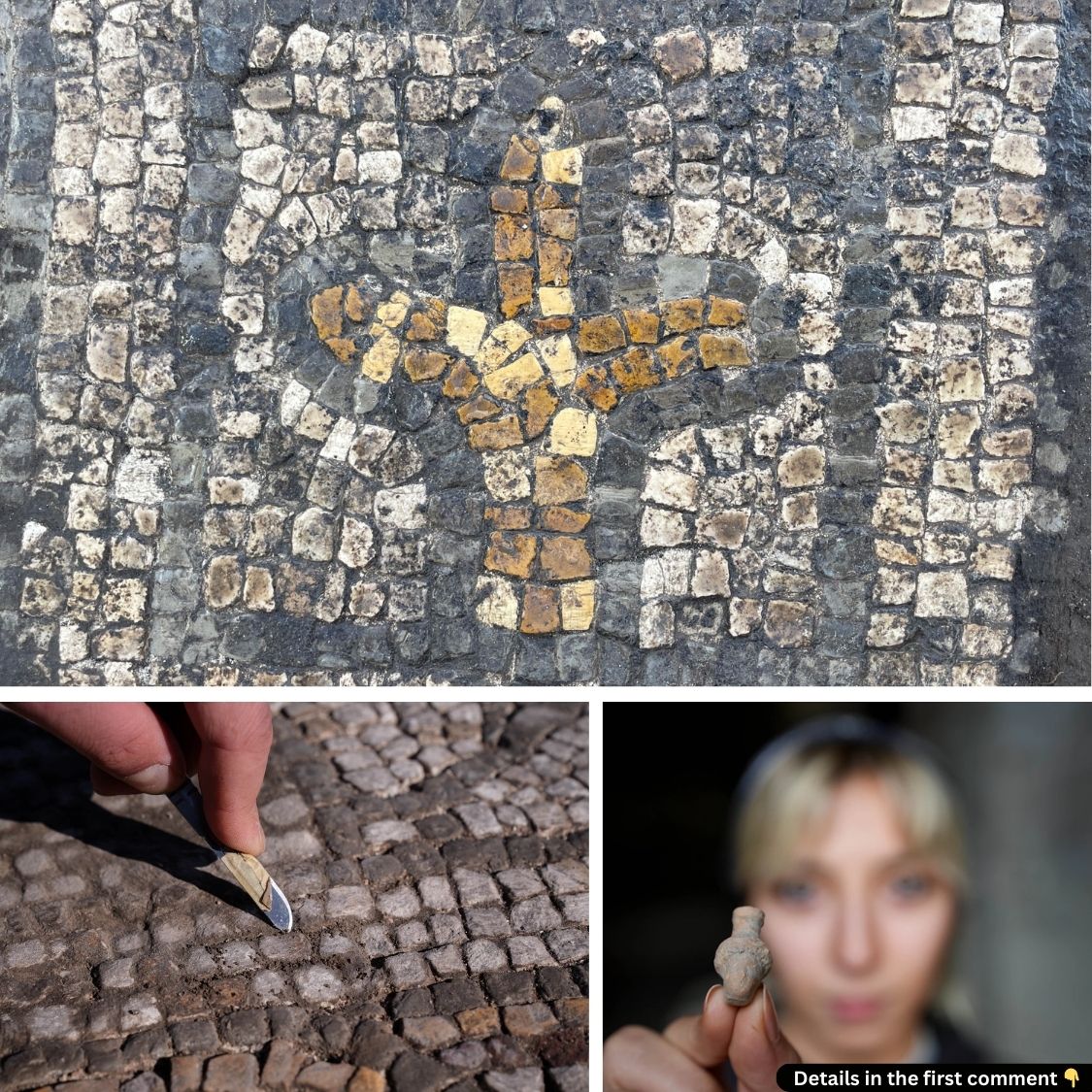Pergamon, an ancient city nestled in what is now modern-day Turkey, has long been a treasure trove of historical and archaeological wonders. Recently, the world was given a rare glimpse into its rich past with the uncovering of the “Mosaic House,” a significant discovery at the UNESCO World Heritage site of Pergamon. The “Mosaic House” offers us a window into the daily lives, royal connections, and cultural influences that shaped the ancient city. This fascinating excavation, which has been a part of the larger “Legacy for the Future Project,” is shedding light on the Hellenistic and Roman periods in Pergamon, revealing not only architectural marvels but also the personal and emotional stories that still resonate today.
The Legacy for the Future Project
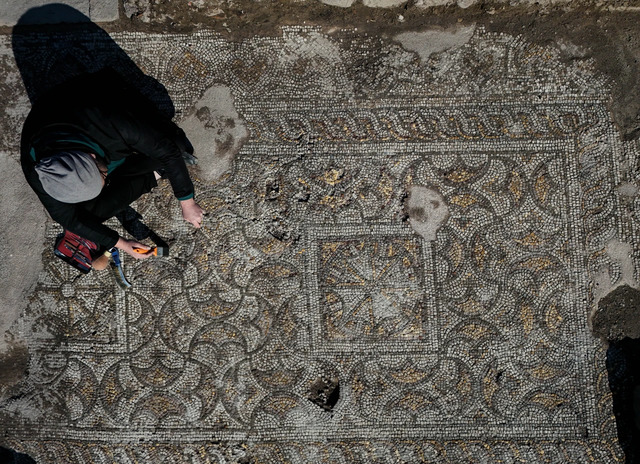
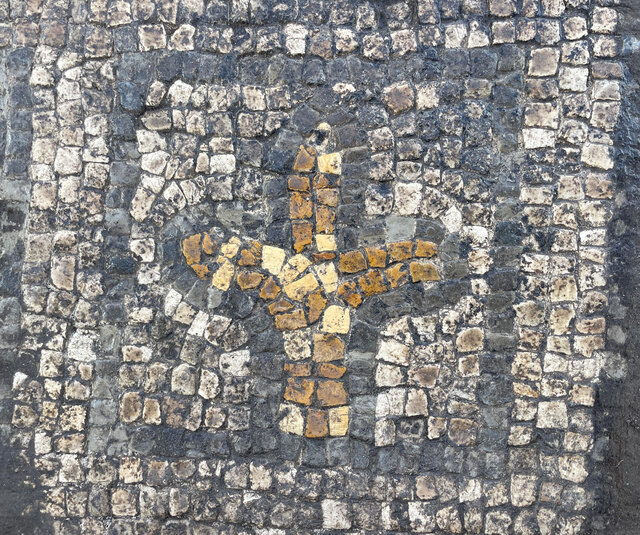
The excavation of the “Mosaic House” is part of an ambitious archaeological initiative spearheaded by the Turkish Ministry of Culture and Tourism. The “Legacy for the Future Project” aims to safeguard and document Turkey’s invaluable historical heritage, ensuring that the lessons of the past are preserved for future generations. Professor Yusuf Sezgin, the lead archaeologist from Manisa Celal Bayar University, began excavation work in September 2024 at the site, which is part of the larger Bergama Multi-Layered Cultural Landscape. The project’s success has been bolstered by collaboration between Turkish authorities, local experts, and international partners. The ongoing restoration and preservation work is ensuring that the discoveries remain safe from modern threats, such as encroaching construction and mining activities.
Video
Watch the video to see one of the largest Roman mosaic floors discovered in Antakya, Turkey! Don’t miss this stunning archaeological find and its historical significance.
The “Mosaic House” – A Glimpse into Roman and Hellenistic Life
The “Mosaic House,” which dates back to the Roman period, offers a remarkable view into the lives of those who once lived within its walls. Characterized by a peristyle house design, it boasts a central stone courtyard, a pool, and exquisitely crafted mosaics that cover the floors. These mosaics, depicting both geometric and botanical motifs, were likely created in the second and third centuries A.D. and provide a vivid representation of Roman artistry. The intricate designs on the floors are not just aesthetic; they speak volumes about the wealth and importance of the house, which was likely a center of daily life, culture, and possibly even political significance during its time.
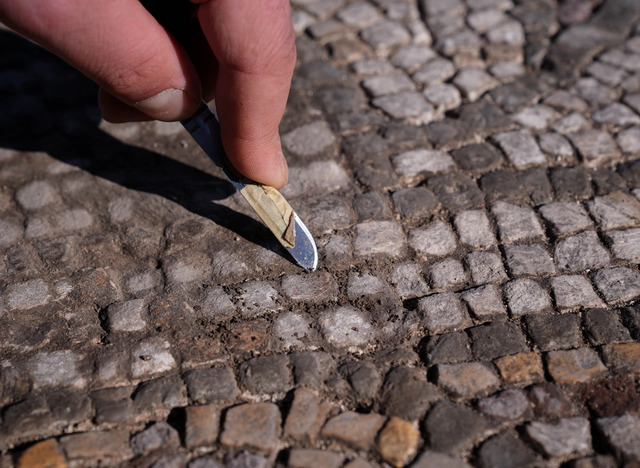
What sets the “Mosaic House” apart from other similar discoveries is its adaptability and continued use through various historical periods. In addition to its Roman heritage, evidence suggests that it also played a role in the Christian period, particularly with the nearby Red Court being converted into a church. This continuity of use across centuries offers invaluable insight into the evolving religious and social dynamics of Pergamon.
Royal Connections Revealed: The Basilike Inscription
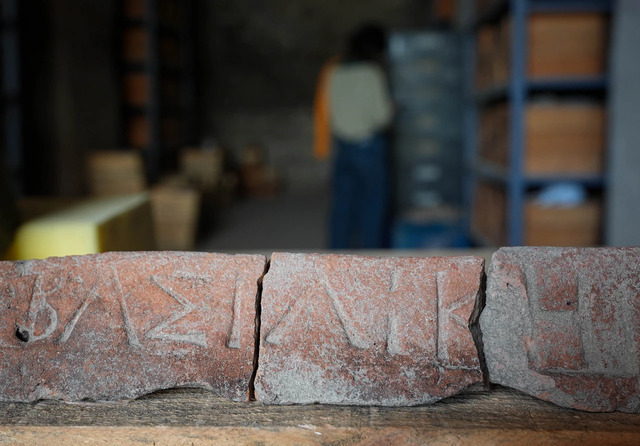
One of the most striking discoveries at the site was the discovery of a roof tile inscribed with the Greek word “Basilike,” meaning “royal.” This remarkable find suggests that the building had royal connections, possibly being used by members of the royal family during the Hellenistic period. According to Professor Sezgin, such roof tiles with royal inscriptions were often used in structures connected to royalty, as seen in other parts of Pergamon. The discovery of this tile, the first complete one found in the area, is a testament to the significance of the building within the political and social fabric of the city at the time.
Mosaics and Pools: The Iconic Features of the Complex
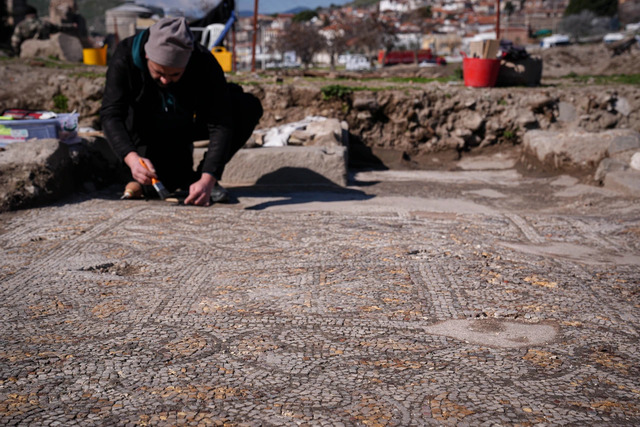
The “Mosaic House” is not only notable for its architectural elegance but also for its symbolic and functional design elements. Central to the complex is a pool, which likely served as both a decorative and practical feature. The mosaics that surround the courtyard and pool are some of the finest examples of Roman craftsmanship. The designs are rich in symbolism, showcasing the wealth and cultural exchange present in the region. The pool, a hallmark of Roman luxury, may have been used for both bathing and as a symbol of purity, further emphasizing the importance of water in the daily and spiritual life of the time.
As archaeologists continue to unearth more of the structure, it becomes increasingly clear that the “Mosaic House” was not merely a residence but a hub of cultural, social, and possibly even political activity in ancient Pergamon.
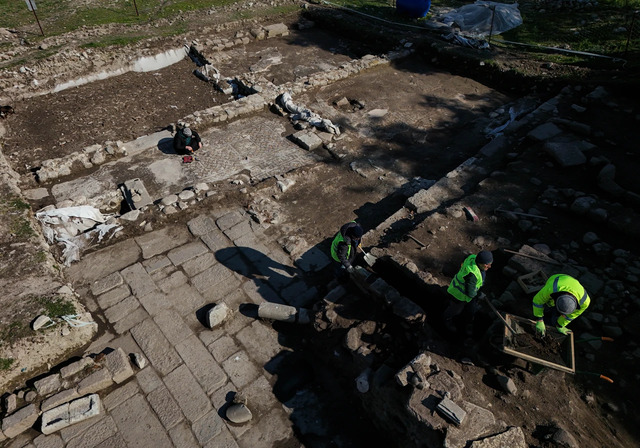
The Emotional Grave: A Memorial in the Pool
Among the most poignant discoveries at the “Mosaic House” site was the discovery of a child’s grave marker, which had been repurposed in the construction of the pool. The inscription on the stone reads, “The sweetest child in the world,” and features a depiction of the child hunting rabbits with a dog. This emotional gravestone offers a rare and touching glimpse into the personal lives of the ancient inhabitants of Pergamon, providing a snapshot of their social practices, familial bonds, and emotional connections. It is a reminder that, beyond the grandeur of palaces and temples, the lives of ordinary people also shaped the history of ancient civilizations.
Byzantine Burial and Artifacts Discovered
The excavation also uncovered a Byzantine cemetery, offering further insight into the daily lives and practices of the last inhabitants of Pergamon before the arrival of the Turks. In addition to the cemetery, archaeologists found a treasure trove of everyday items, such as kitchenware, jewelry, weapons, and coins, which span the Roman and Byzantine periods. These artifacts, now being carefully studied and preserved, provide a deeper understanding of the daily activities, customs, and cultural exchange that characterized life in ancient Pergamon.
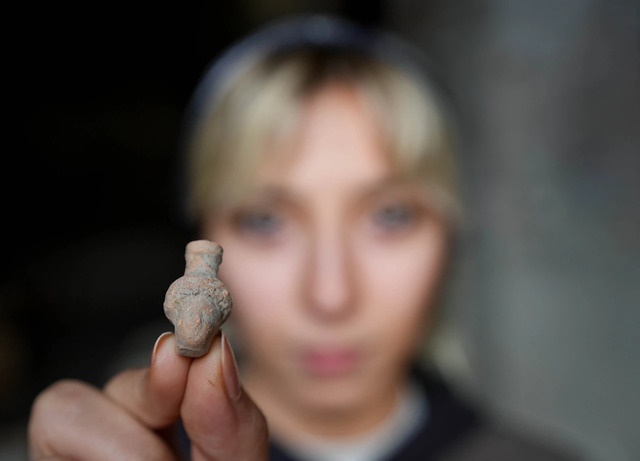
Additionally, objects such as terracotta figurines, Ptolemaic offering tables, and ceramic vessels have been uncovered, adding further layers to our understanding of the region’s artistic and cultural heritage. These findings also underscore the importance of Pergamon as a center of religious, political, and social life during its peak.
Conservation Efforts and Future Exhibits
Preserving the artifacts and structures uncovered at the “Mosaic House” is a monumental task that requires the expertise of archaeologists, historians, and conservators. As part of the ongoing efforts to conserve the site, a replica of the mining camp has been constructed, and a modern visitor center has been established. The center is equipped with high-definition screens displaying images of the excavation process and the most significant findings, allowing visitors to engage with the site’s history in a meaningful way.
In the future, the artifacts discovered at the “Mosaic House” will be displayed at the Bergama Museum, where they will contribute to a greater understanding of the lives of those who once called this ancient city home.
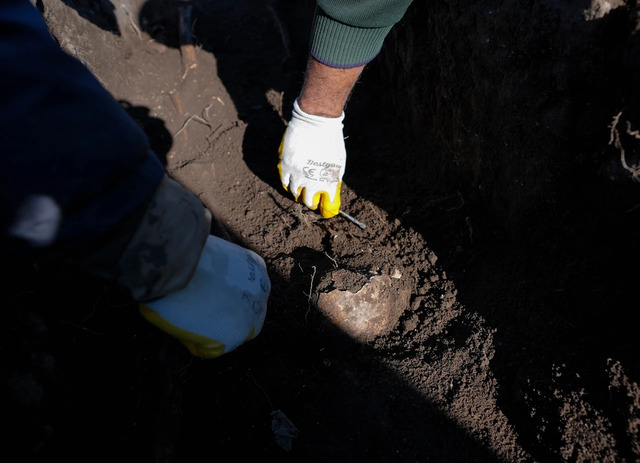
Video
Watch the video to explore the ancient city of Pergamon in Turkey! Don’t miss this fascinating look at one of the most significant archaeological sites in history.
Conclusion: Bridging the Ancient and Modern Worlds
The excavation of the “Mosaic House” at Pergamon is a remarkable achievement that not only enhances our understanding of Roman and Byzantine life in the region but also illuminates the personal stories that have long been lost to history. From the emotional gravestone of a child to the royal connections revealed by the Basilike inscription, the findings at Pergamon provide a unique window into the past. As archaeologists continue their work at the site, we can expect even more discoveries that will enrich our understanding of this ancient and vibrant city, further bridging the gap between the ancient and modern worlds.
